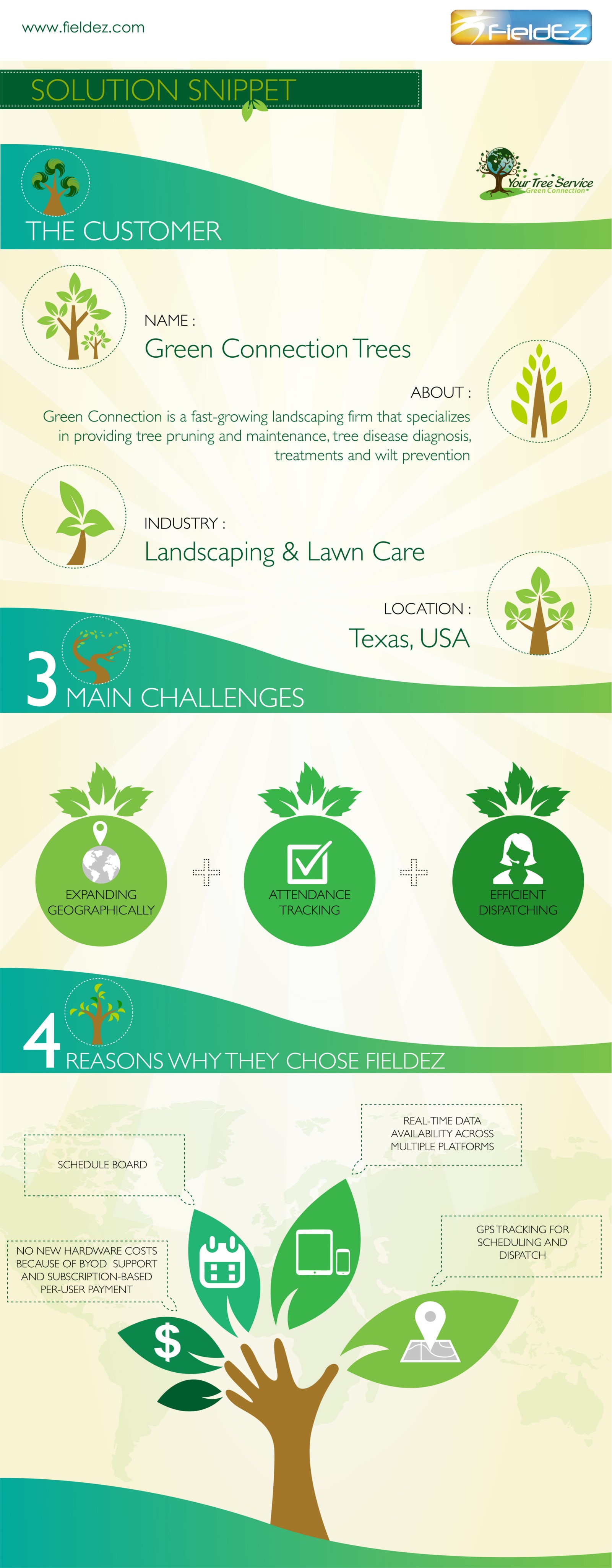Post-Tree Removal Care Is Essential For Landscape Reconstruction; Discover Crucial Actions To Invigorate Your Area And Prevent Future Concerns
Post-Tree Removal Care Is Essential For Landscape Reconstruction; Discover Crucial Actions To Invigorate Your Area And Prevent Future Concerns
Blog Article
Short Article Author-McMillan Chambers
After a tree's elimination, your landscape may look quite different, and it's vital to assess the results very carefully. You'll want to review the soil disturbance and inspect surrounding plants for any signs of anxiety. Overlooking these factors can lead to bigger problems down the line. So, what should you finish with those stumps and roots? And how do you select the most effective plants for your revitalized space? Let's check out these crucial steps.
Analyzing the Consequences: Assessing Your Landscape
After a tree elimination, it's critical to examine your landscape to comprehend the influence it has on your backyard.
Begin by examining the area where the tree stood. Search for indicators of soil disturbance, and inspect the bordering plants for any kind of tension or damages.
You need to also bear in mind of how the elimination has altered sunlight direct exposure and air movement in your garden. This change can influence the growth of nearby plants, so it's essential to assess their health.
Take into consideration the aesthetic aspects as well; the elimination may produce an open space that you can upgrade.
Lastly, consider any type of prospective erosion issues that could occur from the tree's lack. Addressing these elements early will assist bring back equilibrium to your landscape.
Handling Stumps and Roots: Choices for Removal
Once you have actually assessed the after-effects of the tree elimination, you'll likely require to deal with the stump and origins left.
You have a few choices for elimination. One efficient approach is stump grinding, where a professional makes use of a device to grind the stump to below ground level. This approach leaves marginal disturbance to your landscape.
If you prefer a do it yourself approach, you can utilize a combination of excavating and chemical stump eliminators. Just bear in mind, this procedure can take time and initiative.
Additionally, consider leaving Suggested Website as an all-natural attribute, which can function as an one-of-a-kind garden aspect or environment for wildlife.
Whatever you pick, addressing the stump and origins is essential for restoring your landscape.
Choosing the Right Plant Kingdoms for Your New Space
As you evaluate your newly gotten rid of space, choosing the right plants can considerably improve your landscape's appeal and performance.
Beginning by taking into consideration the sunshine and dirt problems. For sunny areas, opt for drought-resistant plants like lavender or succulents. In shaded places, brushes and hostas thrive well.
Think about the size and development behaviors of your plants; mix perennials and annuals for seasonal selection. Do not fail to remember to include indigenous varieties; they call for less upkeep and assistance regional wildlife.
Group plants in weird numbers for a much more all-natural look and develop layers for visual deepness.
Finally, ensure you have a mix of colors and structures to keep your landscape lively throughout the periods.
Delighted How Much Is Tree Trimming !
Conclusion
To conclude, restoring your landscape after tree removal is a gratifying procedure. By analyzing the aftermath, resolving stumps and origins, and picking the right plants, you'll develop a successful atmosphere. Do not neglect to incorporate erosion control steps to shield your soil. With a little initiative and care, you can transform your space into a lively yard that boosts your residential property. Accept the chance to revitalize your landscape and enjoy the charm of nature right in your yard!
